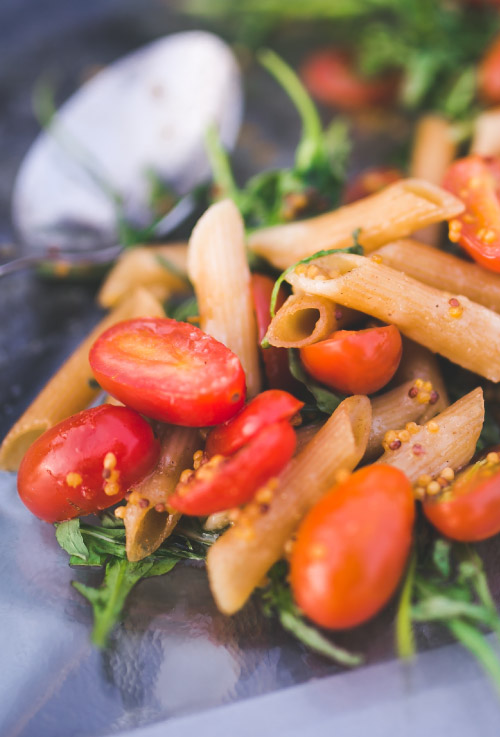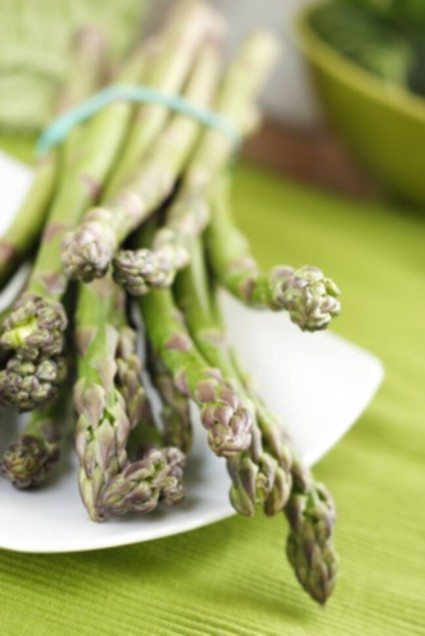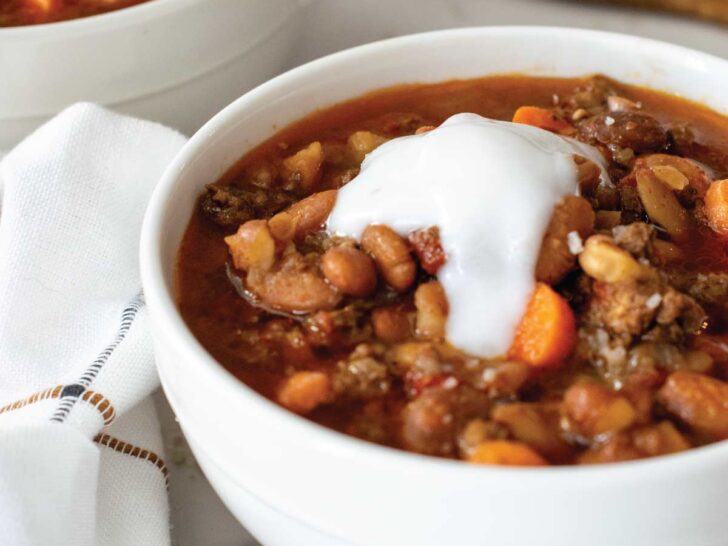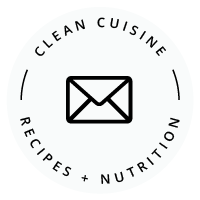
To say that “clean eating” is trendy right now is an understatement. There are entire books, magazines and websites dedicated to this style of eating, which is supposed to improve health and promote weight loss. Despite its popularity, if you ask a “clean eating” enthusiast to define what clean eating means, you’ll get a number of very different answers depending on whom you ask. To some it simply means the removal of processed foods. Those who follow the Paleo style diet consider themselves clean eaters but the vegan and raw foodies would vehemently argue that their animal-free diet is the cleanest of them all. To others “clean eating” simply means choosing organic “whole” foods. Believe it or not, I have even come across proponents of a diet lacking spices and seasonings who call this “clean eating.” In extreme cases “clean eating” can involve cleanses and various potentially dangerous detox programs. And yet none of this is what defines Clean Cuisine’s definition of clean eating. The point is there is no hard and fast definition of clean eating.
What is Clean Cuisine’s Definition of Clean Eating?
When people ask me to define “Clean Cuisine” or explain what clean eating means to me my response is that I choose anti-inflammatory “whole” foods in their most natural and nutrient-rich state with a strong emphasis on plant foods.
On the most basic level this means choosing foods that are unadulterated—just the way nature intended; corn instead of corn flakes, whole soybeans instead of refined soybean oil, steel cut oats instead of a granola bar that is “made with oats”, carrots instead of carrot juice. While the use of animal foods (such as dairy and meat) consumption will differ among many self-described clean eaters, I prefer to emphasize the importance of eating a predominantly plant-based whole foods diet (lots of fruits, vegetables, unrefined whole grains, beans, seeds, nuts, legumes, etc.), while still enjoying limited amounts of high-quality animal foods (such as wild fish, organic pastured eggs, etc.) I don’t eat animal foods every single day, but I also do not label myself vegan. From the research I have seen you can still reap the health and weight loss benefits associated with a nutrient-dense vegan diet while still eating a very small amount of animal foods (for the record, by far the vast majority of the animal foods I do eat are in the form of small, wild fish and pastured, organic eggs.) Still, it is important to remember that plant foods are the lowest on the food chain and therefore contain considerably fewer toxins than animal foods, so plant sources of protein like nuts and beans will always be the absolute “cleanest” source. And by the way, every single plant food contains protein; as long as you are eating enough calories you do not need to worry about getting enough protein if you are eating a whole foods, plant-based diet.
Clean Cuisine Looks at the WHOLE Picture
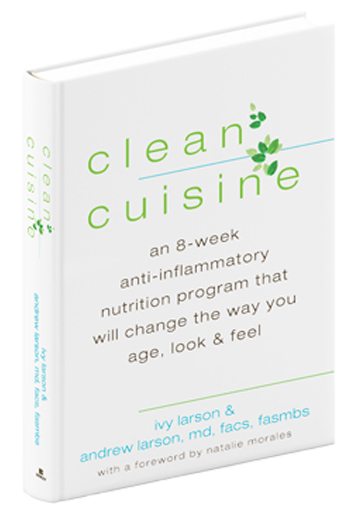
In sharp contrast to the reductionist approach that continues to be the prevailing approach in nutrition research, in the Clean Cuisine book I wrote with my husband, Andy Larson, M.D., we address the whole diet, and whole lifestyle for that matter. If you are familiar with our earlier books you know I radically cleaned up my own diet in 1998 when I was 22-years old after being diagnosed with multiple sclerosis (you can read my full story HERE.) And I’ll be honest, it was not easy. But it was worth it. Changing my lifestyle and my plate changed my fate and gave me back my life.
However, a complete dietary overhaul as a whole has never been particularly popular with the general public or the media. It doesn’t make for a sexy book title either. The idea of a “lifestyle” plan is not nearly as enticing as a quick fix where you eliminate XXX food and then lose 20 pounds in two weeks. And besides, who wants to totally revamp their diet if they could instead just identify and eliminate one single “bad” food or one food group? Books like Sugar Busters (Ballentine books) or low-carb, low-fat diets are what people are drawn to for simplicity sake. The recent NY Times bestselling book Wheat Belly (Rodale) by Dr. William Davis is the perfect example of the popularity of the reductionist approach; instead of looking at the diet as a whole Dr. Davis tears into one food (wheat) and places the primary blame on one single ingredient for everything from obesity to cataracts to dowager’s humps. The public in general loves these reductionist-type diets because it means they only have to eliminate one or two things from their diet and then continue eating anything else they want. People want to have their (wheat free) cake and eat it, too. Unfortunately it is not that simple.
Now don’t get me wrong, I agree with Dr. Davis that Americans eat way too many wheat-based foods and in case you are curious, my own diet is not exactly wheat-rich (I eat maybe one serving of an unrefined wheat-containing food a day, mostly in the form of sprouted whole grain bread from Food for Life.) But had I just eliminated wheat from my diet I am confident that would not have been the solution that has helped me control my MS symptoms for over a decade. The vast variety of wheat-containing processed foods happen to be poor food choices for many reasons, it is not fair to isolate just wheat. I seriously doubt that if everyone started replacing their wheat-laden cupcakes, pizza, crackers, cereal bars, bagels, muffins and pretzels with wheat-free versions that this one dietary change would end the obesity crisis, cure diabetes, reverse heart disease and heal people from their inflammatory conditions. And yes, thanks (or no thanks!) to the influence of agricultural scientists, the wheat we have today is not the same wheat we had fifty years ago, but simply eliminating wheat from your diet is not the magic bullet cure, unless of course you specifically have a wheat allergy or celiac disease. The point is, it’s not just the wheat people. And it’s not just the carbs or just the fat or just the lack of exercise that is the problem either. The problem is modern Americans are not eating and living healthfully as a whole. Even though nutrition scientists have indeed learned a lot through the reductionist approach, a more holistic whole foods and whole lifestyle approach is the ultimate answer.
A Clean Cuisine Lifestyle Makeover
Without doubt, overhauling your diet will enable you to reap the greatest long-term health benefits of any lifestyle change you could make. But of course there is more to cleaning up your lifestyle than simply eating clean. At first I was going to give my top 10 tips for a lifestyle makeover, but I had a hard time narrowing it down to just 10 tips. So I expanded to 50. Click HERE to see the 50 Quick Tips for Clean Eating.
